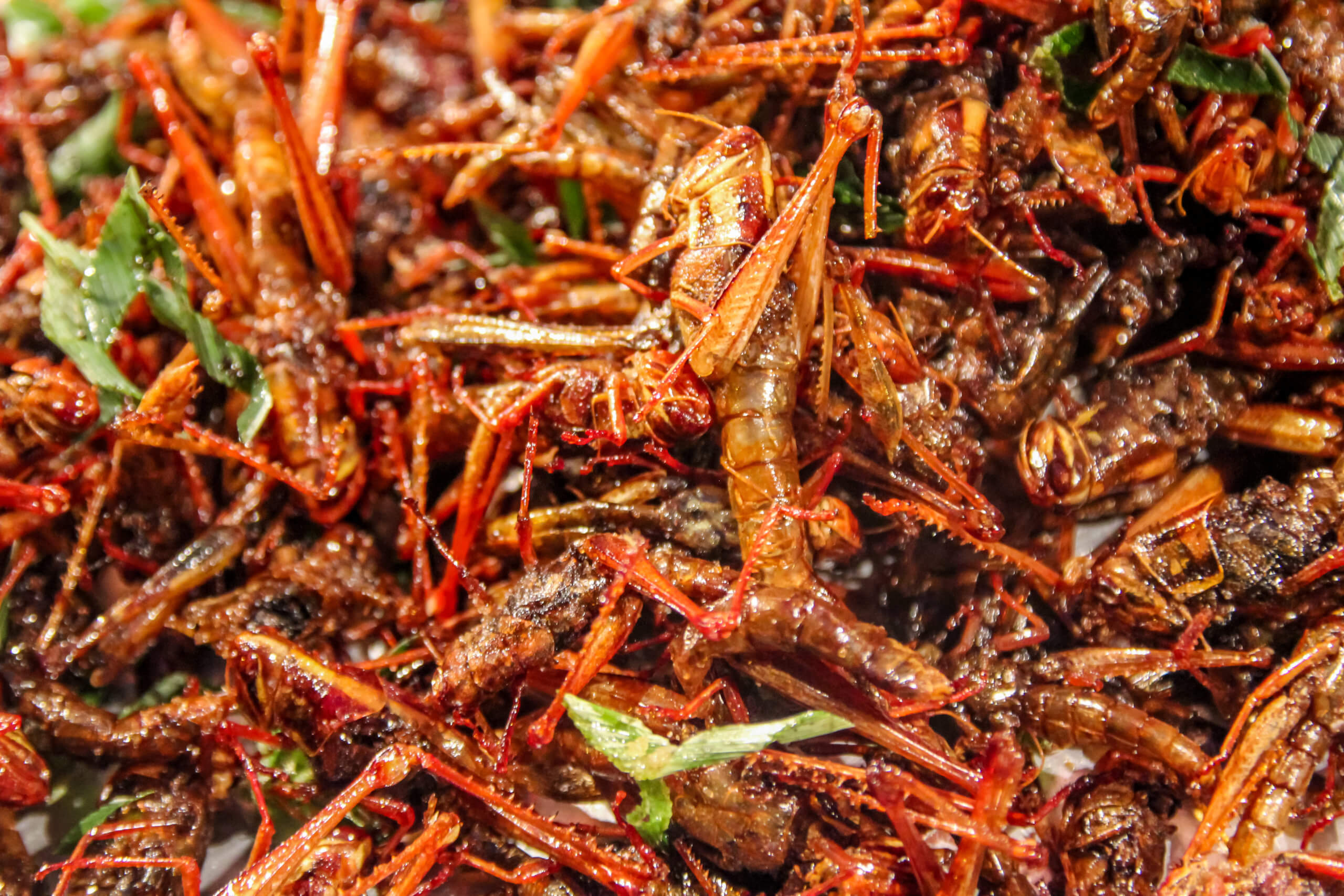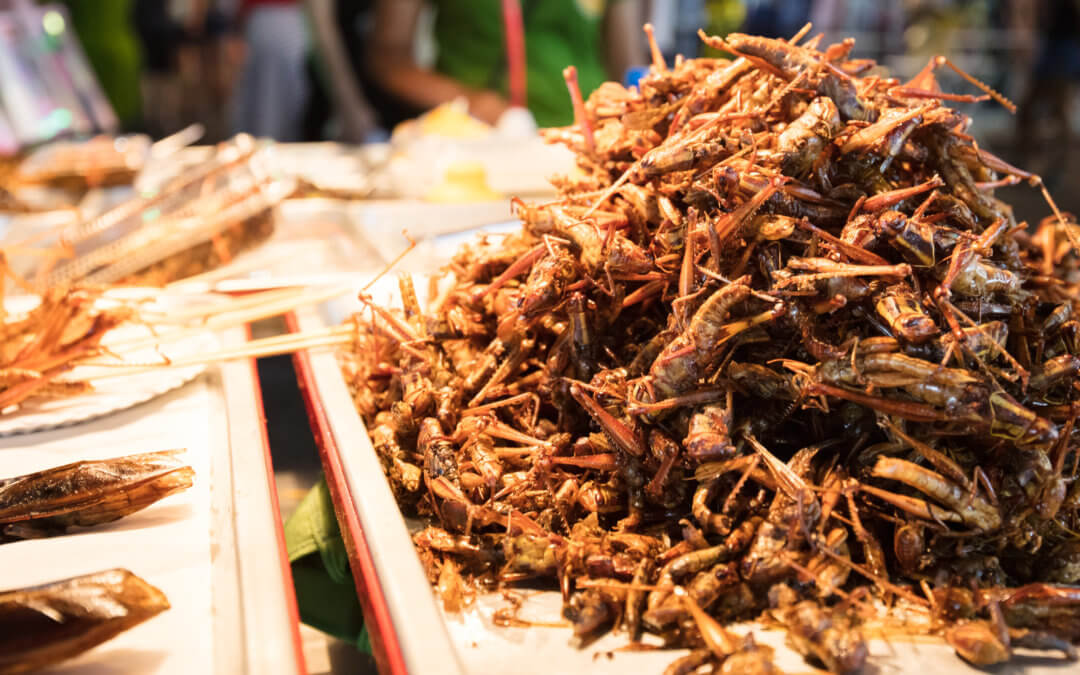Is the Future of Protein Insects?
When we think about protein, we probably picture a medium-rare steak or perhaps some salmon. However, there are a wide variety of potential options when it comes to protein. In fact, some of the options might surprise you. When experts weigh in on the future of nutrition, a surprising topic that keeps coming up is insect protein. Let’s take a look.
Why Is Insect Protein a Topic of Conversation?
Insects as a source of protein keeps popping up in worldwide discussions on the future of human nutrition because it can solve numerous problems. Much has been documented about the fact that our forests and cropland are dwindling. In fact, 33% of all farmland is currently used to feed animals, which are our major sources of protein.
However, as the world population grows, the demand for food will increase. With only so much farmland to go around, it is important to find sources of protein that can supplement our use of livestock to provide meat. Thus, when people envision the future of human nutrition, they look for opportunities to support the current agriculture industry with items that can be produced without the need for much space or resources – hence, insects.
.


How Much Protein Can You Really Get from Insects?
When you think about it, it may be hard to believe that an insect could be a strong source of protein. After all, insects are incredibly tiny. However, the reality is that they contain an incredibly large proportion of protein.
The average insect is roughly half protein by weight while some insects are up to 75% protein. This puts them comparable to the vast majority of other animals that more typically serve as protein sources. However, an additional benefit is that problems such as the need for grain feed, use of hormones, and overuse of antibiotics are not found in insects.
Eating insects can also provide significant health benefits overall. Many types of insects such as mealworms and crickets serve as good sources for all around nutrition, with many minerals in
An Argument for Insect Farming
Farming livestock is incredibly difficult and resource intensive. However, farming insects is largely quite simple and low tech. They don’t need large areas and can be stacked vertically. Most insects are also quite adaptable to farm environments.
Furthermore, insects reproduce quickly and often have large numbers of offspring, meaning this food source can quickly expand. In fact, the biggest potential problem for eating insects as protein is a reluctance of people in western nations to accept the practice.
Fortunately, it may not be that difficult to make insects more appealing for people. After all, insects can be used as an ingredient in items (much like grain currently is) in order to give additional protein. For example, adding ground up insects into protein bars can easily be done without the consumer even realizing they are eating insects.
Additionally, insects are already normally consumed in many parts of the world and a standard part of a diet in some. You can find insects as food sources in Central & South America, Africa, Asia, Australia, and New Zealand. In fact, over 1,000 insect species are used as food for people.
Insect protein could prove quite effective in helping address issues like environmental degradation, world hunger, and rising food costs. It seems like a near perfect solution.

How we can help
There is so much good news to be shared about how we are meeting the challenges facing the Agri-food sector and Super Motion will be there to document it. At our Agri Food Pioneers You Tube channel we talk to people in the agri-food industry about the positive and environmental changes they are making to deliver a sustainable, low carbon and regenerative future. Our mission is to deliver powerful stories from the agri-food world that captivate our clients’ audiences. Book a strategy call with us today to learn more about how video can communicate your story effectively

Recent Comments